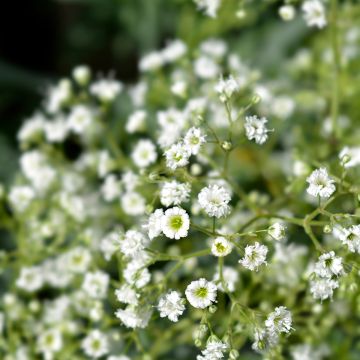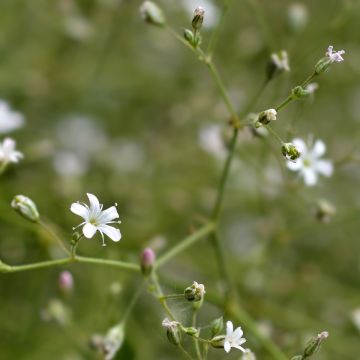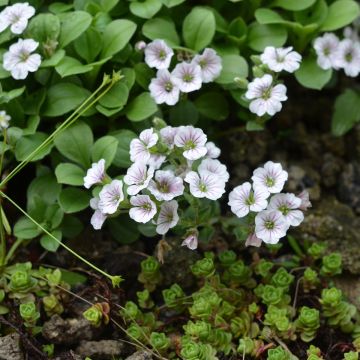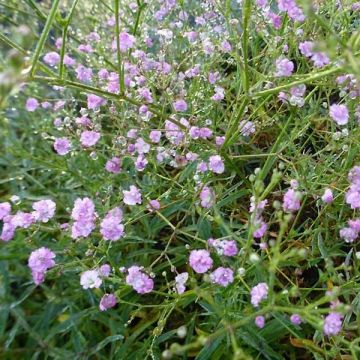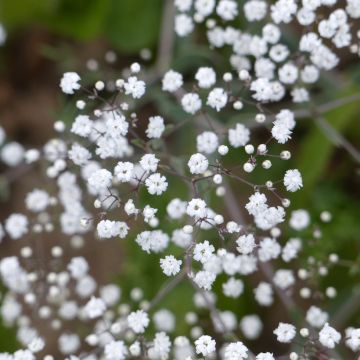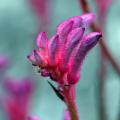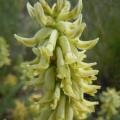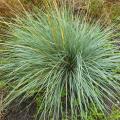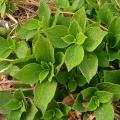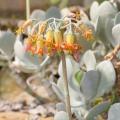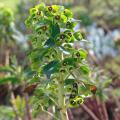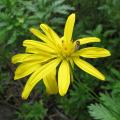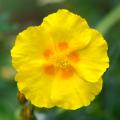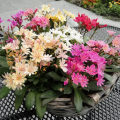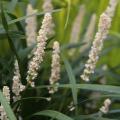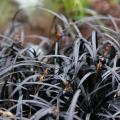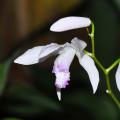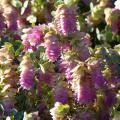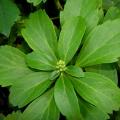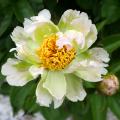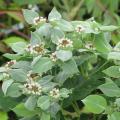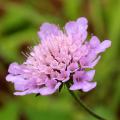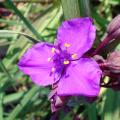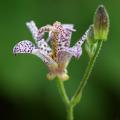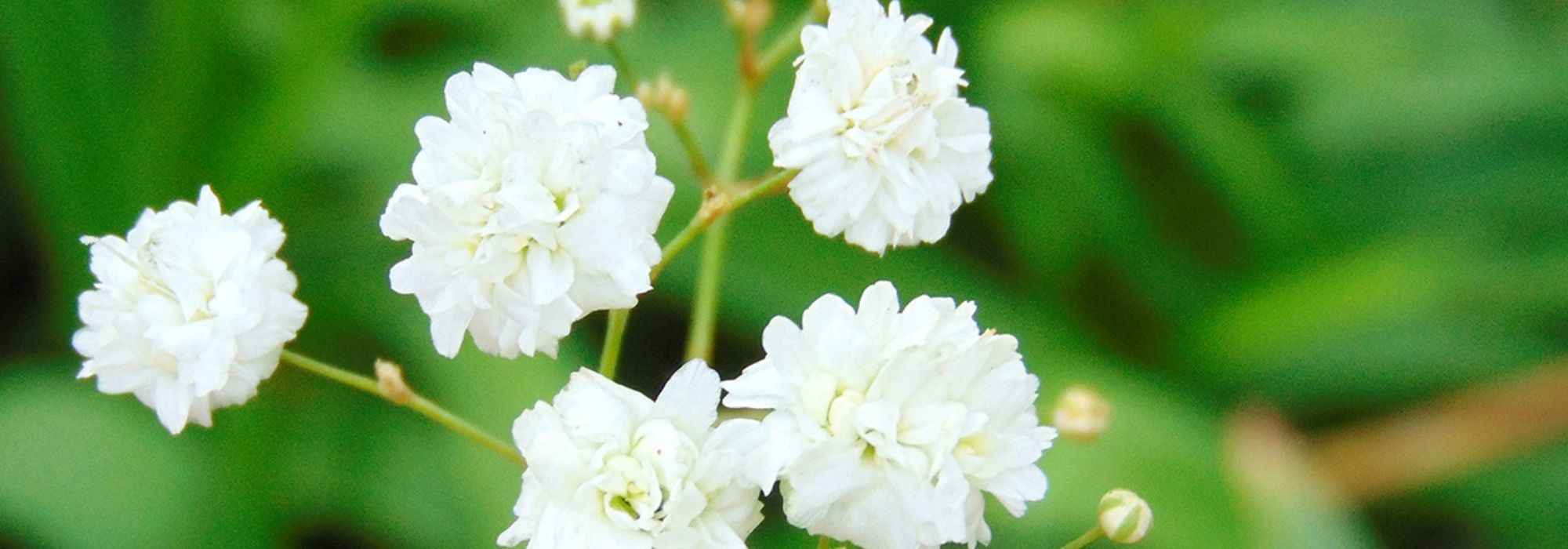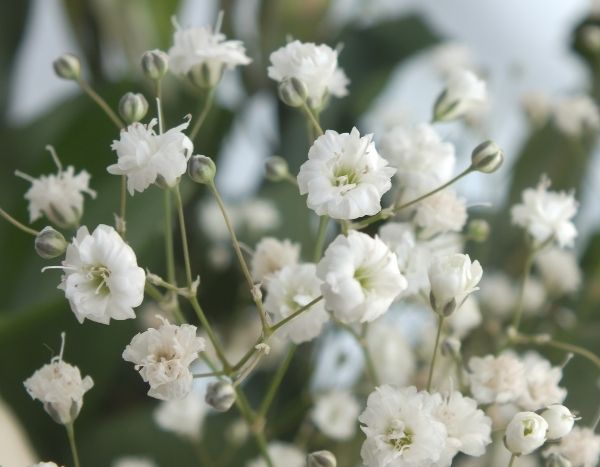Gypsophila
Would this plant suit my garden? Set up your Plantfit profile →
Available in 1 sizes
Available in 2 sizes
Available in 1 sizes
Available in 1 sizes
Available in 1 sizes
Available in 2 sizes
Available in 1 sizes
Available in 2 sizes
Available in 2 sizes
Available in 1 sizes
Available in 3 sizes
Available in 1 sizes
Available in 1 sizes
Available in 1 sizes
Available in 1 sizes
Available in 0 sizes
Available in 1 sizes
Available in 1 sizes
Available in 1 sizes
Available in 1 sizes
Available in 1 sizes
Gypsophiles are pretty airy plants with clouds of white or pink flowers. Very bushy, they bloom abundantly from June to August. Gypsophila paniculata and repens are perennial varieties that do not like humidity. They prefer calcareous, deep, well-drained and sunny soils, even poor and arid ones. Planting should be spaced out: 1m (3ft) for tall ones and 35cm (14in) for creeping ones between plants. Do not uproot them, their roots are very fragile. Also called Perennial Mist or Baby's Breath (by the English), Gypsophiles are often associated with roses in flower beds or bouquets. The variety Gypsophila paniculata will make a strong impression in wild gardens and Repens in rockeries and flowered walls.
Haven't found what you were looking for?








































